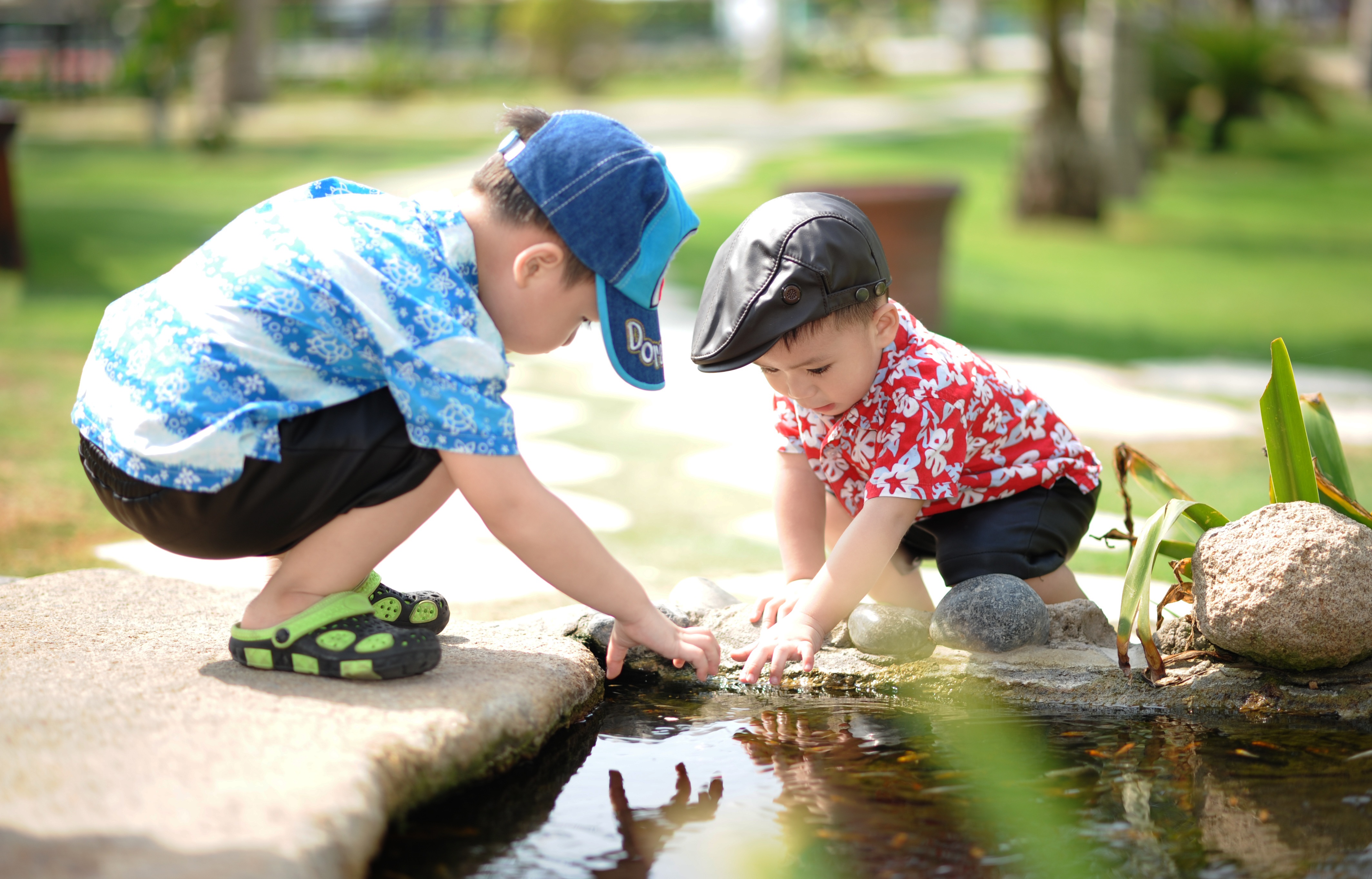If you have children, then they will experience minor injuries occasionally. It is important to understand how to cope with the bruises or bumps that happen to children, but you must also know what to do when a serious injury occurs. Here are some tips for handling childhood injuries.
Have a First-Aid Kit
You must have a first-aid kit in your home, and if you go to a park or other location, then bring it along to have the items needed for an injured child. Your first-aid kit should have an assortment of bandages, alcohol cleansing pads and antiseptic ointment. You may also want to have other items such as a piece of fabric to use as a sling for a broken arm or tweezers to remove splinters.
Keep Ice Packs in the Freezer
When your child incurs an injury that causes swelling, if you have an ice pack in the freezer, then you can use it right away. Wrap the ice pack in a towel to apply to an injured knee or elbow, and as the swelling decreases, inspect the joint to determine if there is a more serious problem below the skin’s surface.
Enroll in a First-Aid Class
By enrolling in a first-aid class, you will know how to handle a child’s injuries. There are free or low-cost first-aid classes that are offered at fire stations, hospitals and nonprofit agencies. In one of these classes, you will also learn what to do for serious problems such as massive bleeding, broken bones or respiratory difficulties.
Know How to Cleanse a Wound
After a child receives a scrape or cut, you must know how to clean the wound. First, rinse the wound with warm water thoroughly to remove debris. Next, use an alcohol pad or spray to destroy pathogens. Last, apply a bandage to keep additional debris from entering the wound. Repeat this process several times a day until the wound heals, making sure that it isn’t infected.
Caring for a Sprain
If you suspect that your son has sprained his ankle or wrist, then inspect it closely to see if any bones are damaged. You can apply an ice pack to a sprain, or in some cases, your child will feel better if you soak the joint in warm water. You can also wrap the wrist or ankle with an elastic bandage to support it while it heals.
Coping with Serious Injuries
In a first-aid class, you will learn the signs of a serious injury, including major bleeding, unconsciousness or breathing abnormalities. You should always have a working cellphone with you to call emergency responders, and while you are waiting for them to arrive, apply pressure to a wound and remain ready to perform cardiopulmonary resuscitation.
Once your child is safe, you will probably end up spending a fair amount on hospital bills. If their injury was caused by someone else, you may be entitled to compensation to help pay for those bills. It could be worth your time to speak with an attorney and see what your options are.
It’s important to take your child’s health seriously. Even a small scrape or cut can lead to long-term problems if it isn’t properly cared for. Familiarize yourself with some first-aid measures to help you know how to respond if a situation ever arises. Even if you’re cautious, your kids will probably scrape their knees at some point. Being prepared in advance will help you know exactly how to respond in times of need.






